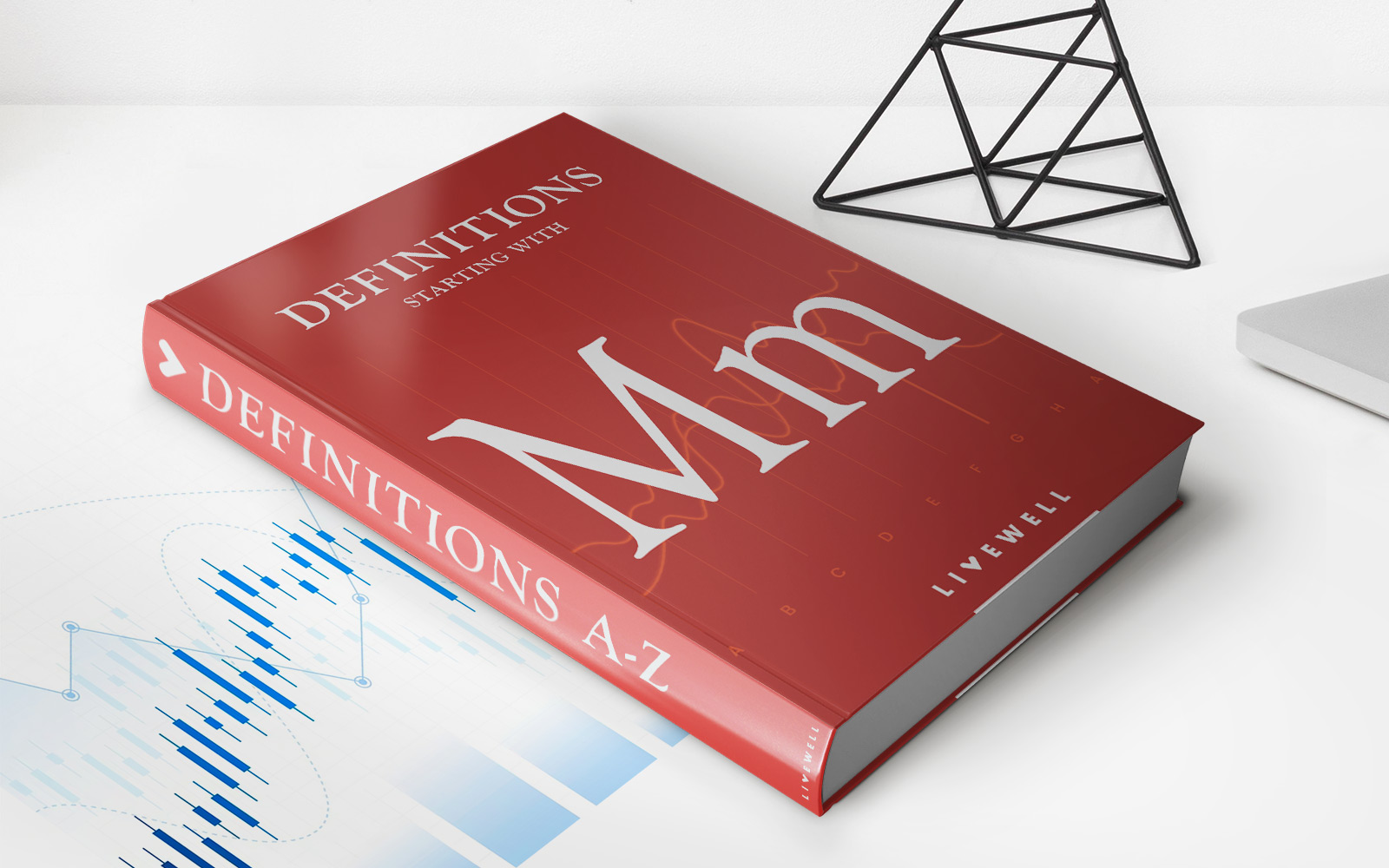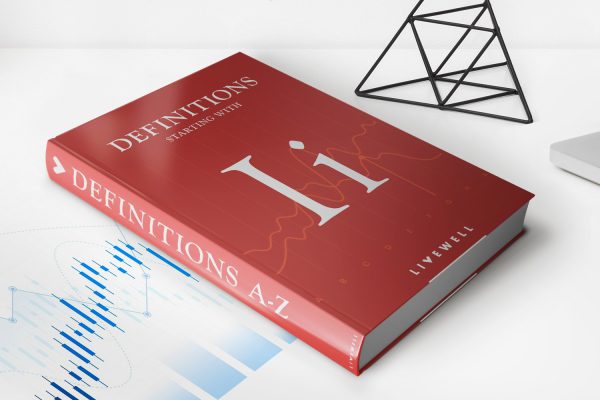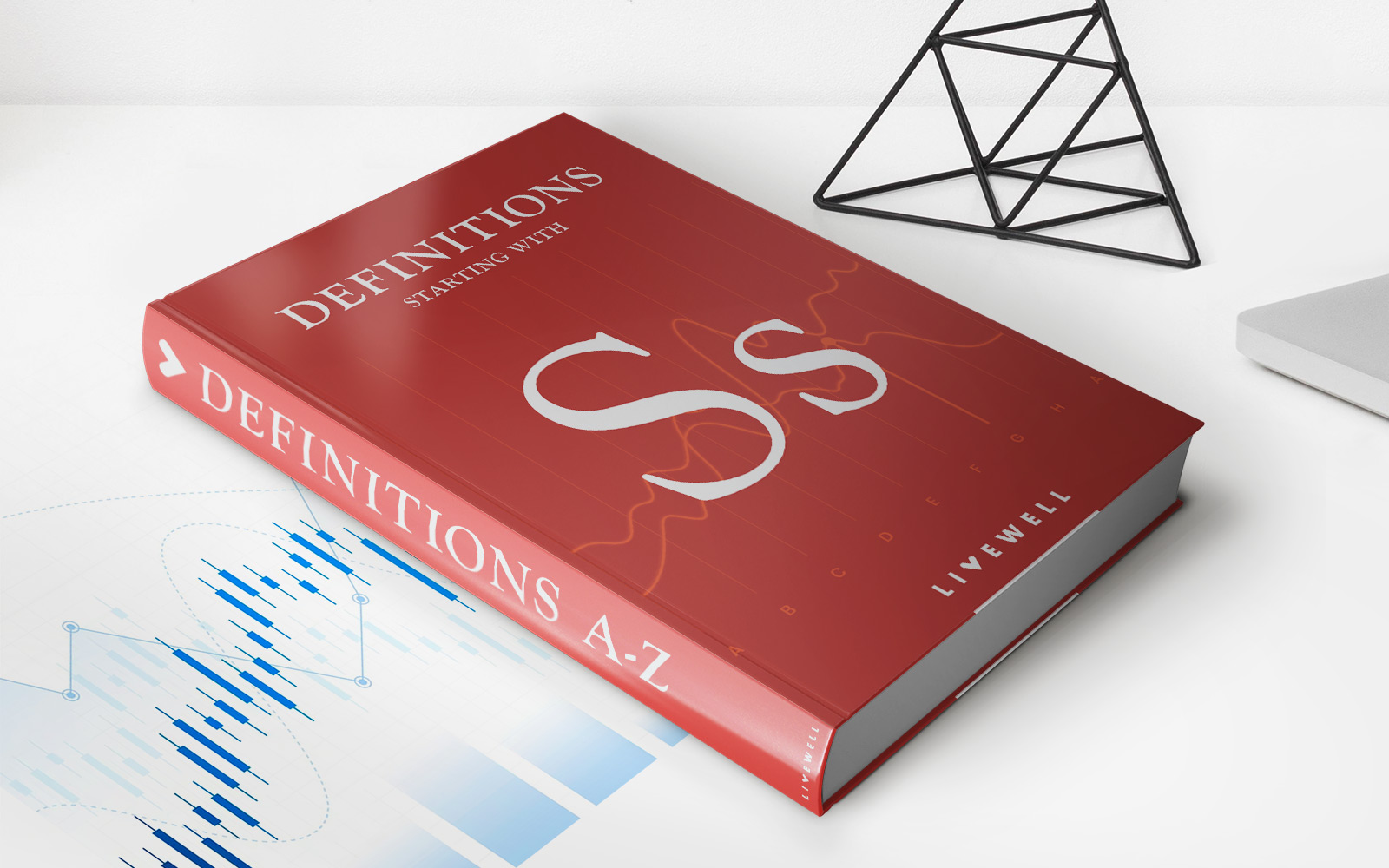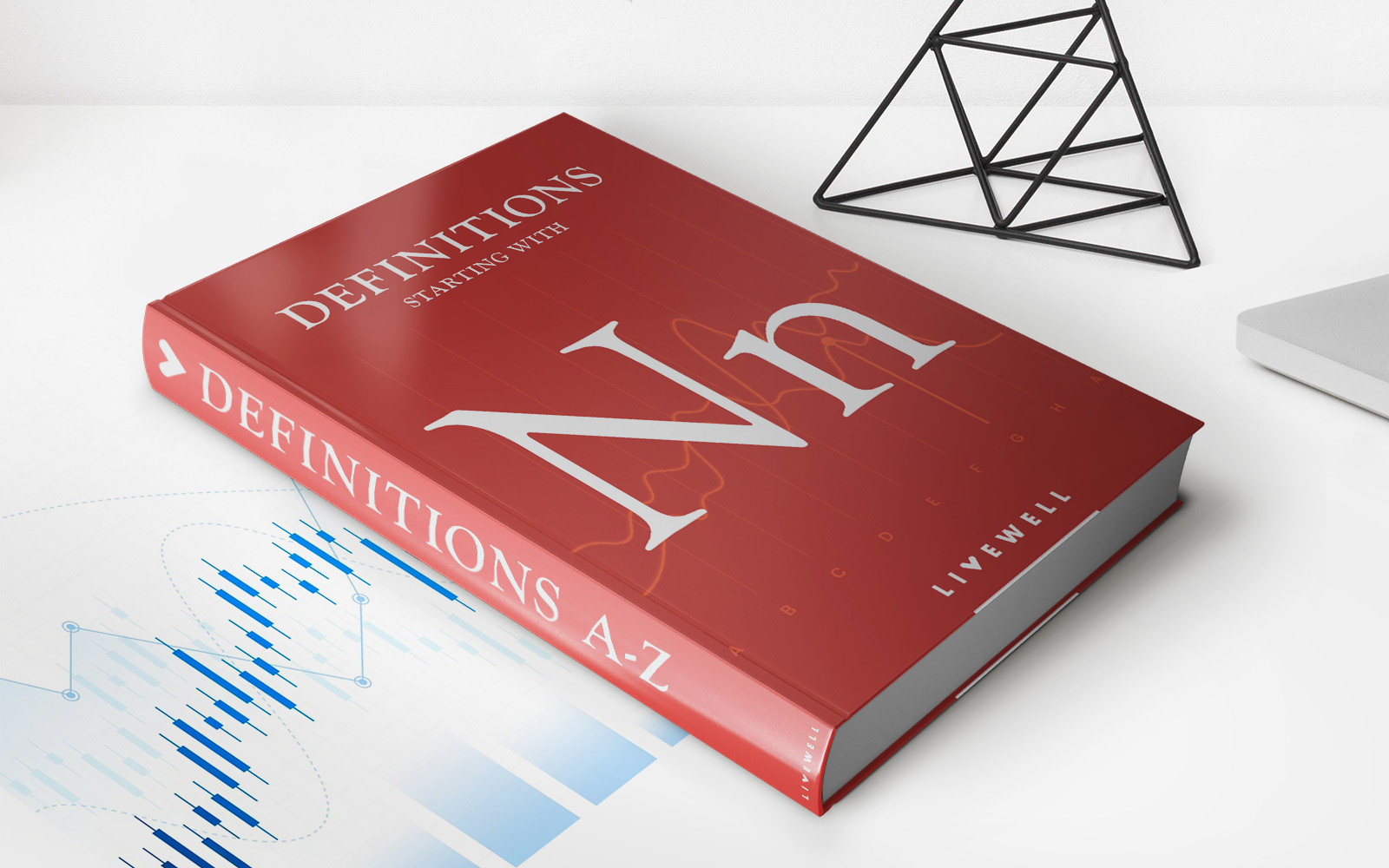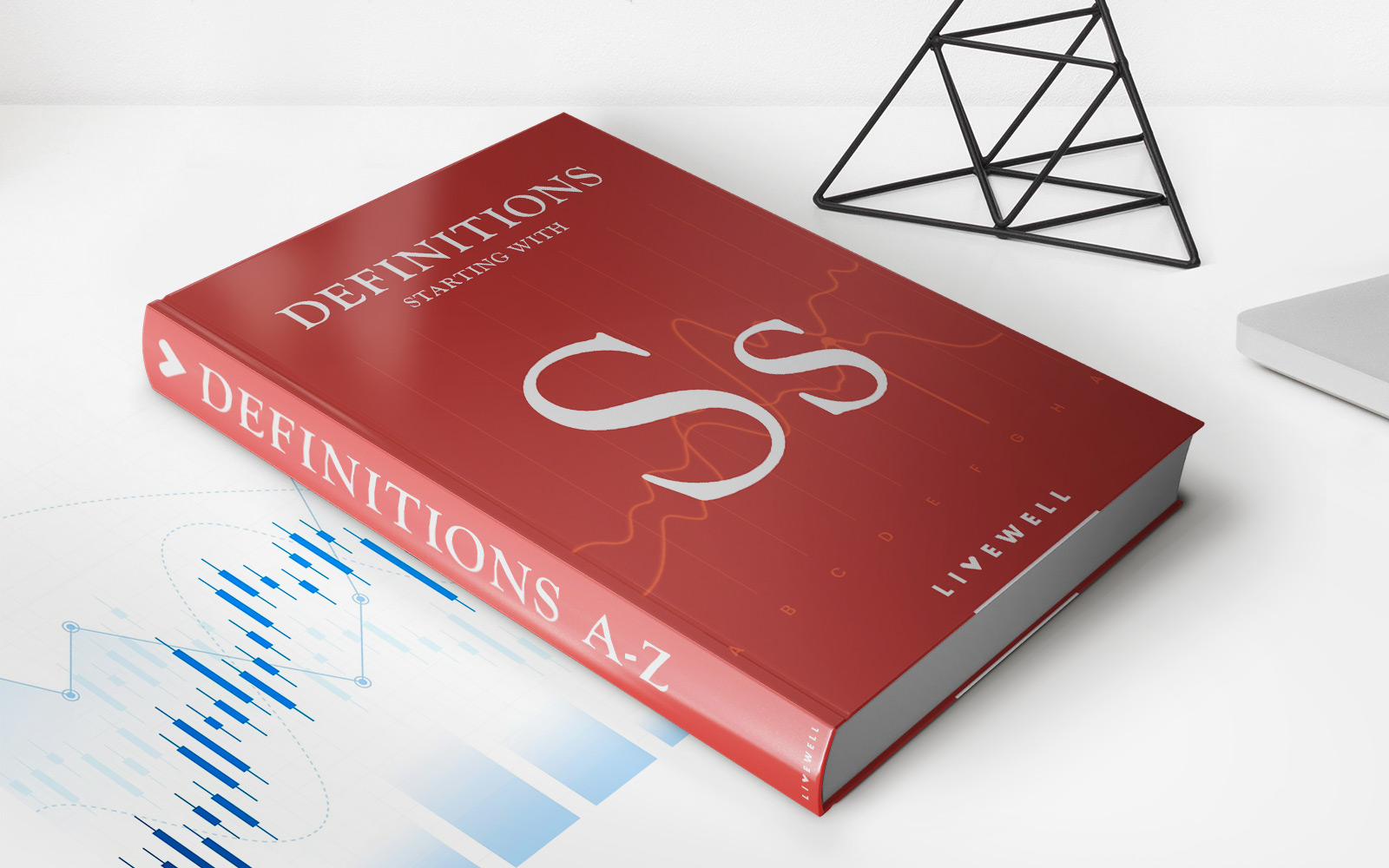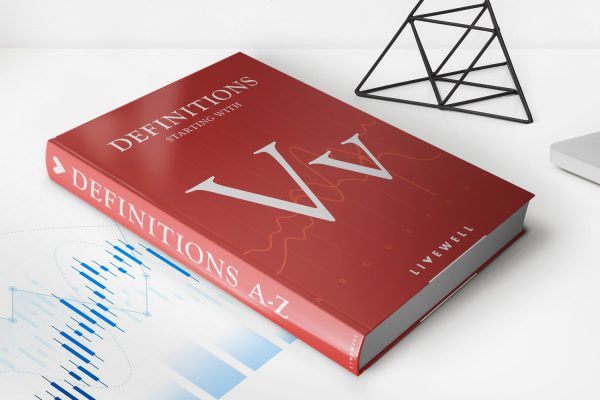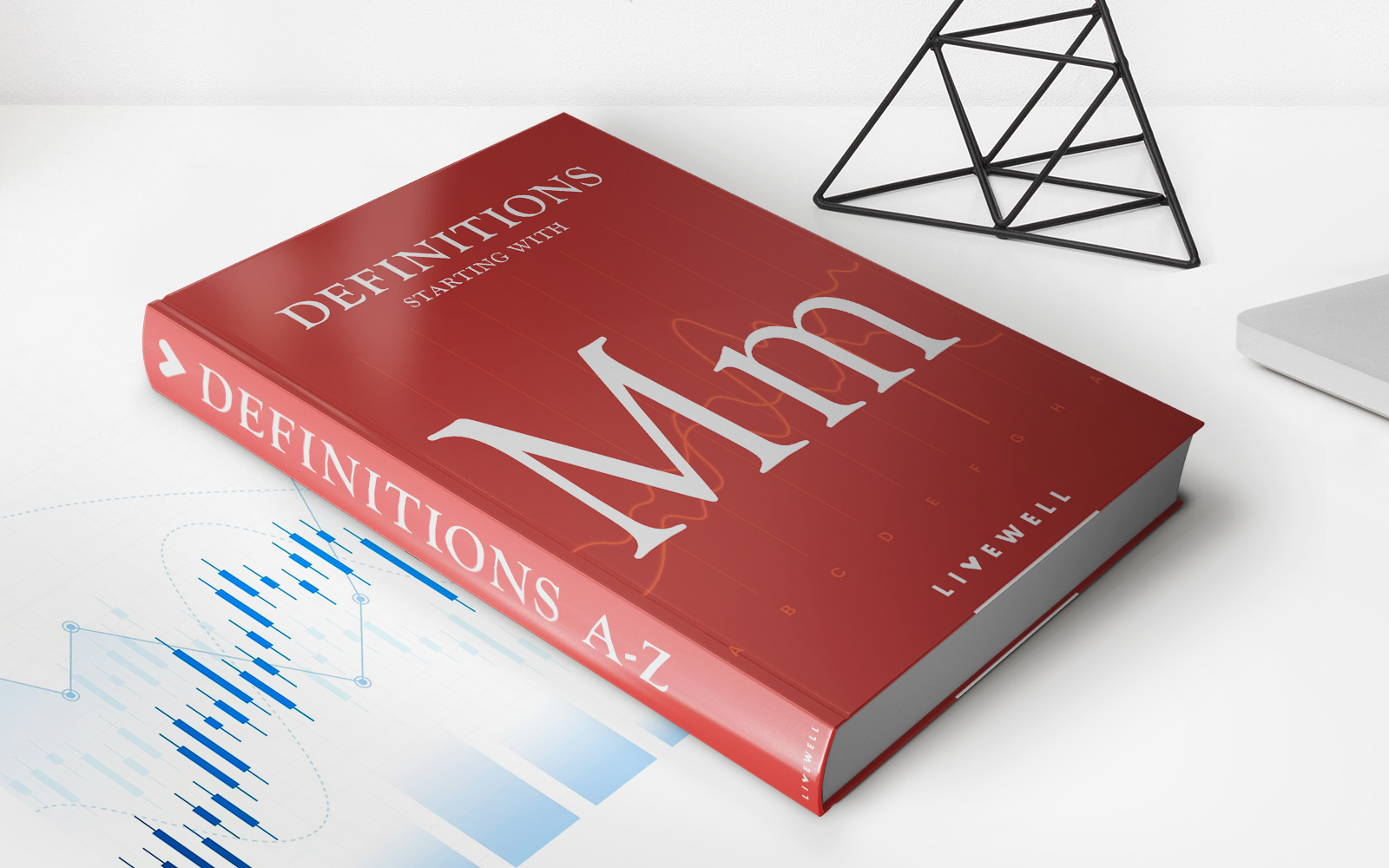Home>Finance>Marginalism: Definition, How It Works, Key Insight, And Example
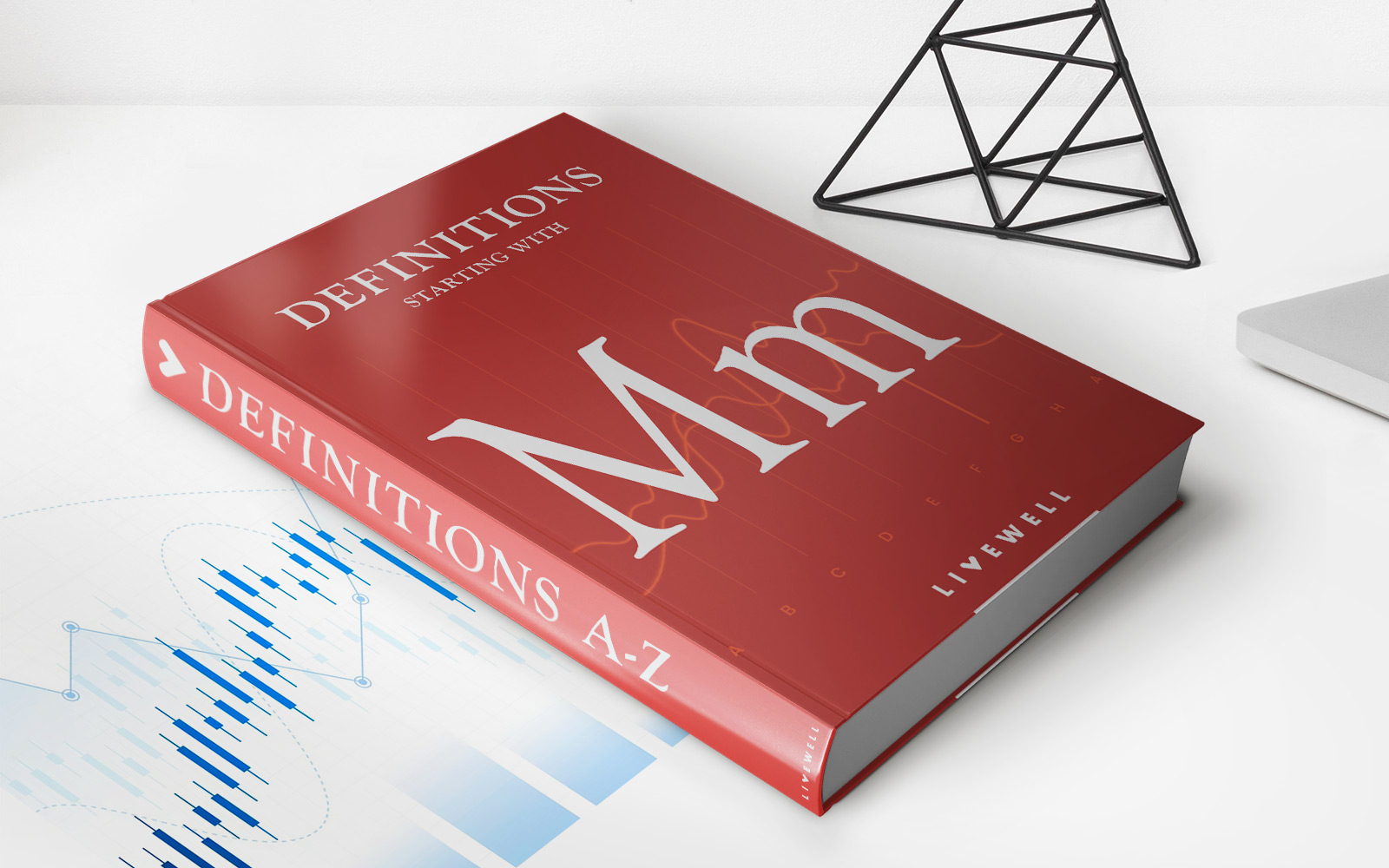

Finance
Marginalism: Definition, How It Works, Key Insight, And Example
Published: December 22, 2023
Learn the definition and key insights of marginalism in finance. Discover how it works and explore a real-world example.
(Many of the links in this article redirect to a specific reviewed product. Your purchase of these products through affiliate links helps to generate commission for LiveWell, at no extra cost. Learn more)
Unlocking the Power of Marginalism: Definition, How It Works, Key Insight, and Example
When it comes to understanding the intricacies of finance, one concept that stands out is marginalism. This economic principle plays a crucial role in decision-making and can help individuals and businesses optimize their resource allocation. In this blog post, we will explore the definition of marginalism, how it works, its key insights, and provide a practical example to demonstrate its impact.
Key Takeaways:
- Marginalism focuses on analyzing incremental changes or the effects of small, incremental adjustments.
- By evaluating the additional benefits and costs of each unit, marginalism helps optimize decision-making.
So, what exactly is marginalism?
Simply put, marginalism is an economic concept that emphasizes the importance of incremental changes when making decisions. It suggests that observing the additional benefits and costs of each unit can lead to more informed choices and better resource allocation.
At its core, marginalism enables us to analyze the marginal utility of a particular action or option. This concept is based on the idea that as we consume more of a good or service, the satisfaction or benefit we derive from each additional unit decreases. This diminishing marginal utility lies at the heart of marginalism and provides valuable insights when making financial decisions.
Let’s explore how marginalism works with an example:
Imagine you are a business owner considering hiring additional employees. Marginalism directs you to evaluate the incremental benefits and costs associated with each new employee. The marginal benefit is the expected increase in revenue or productivity brought about by hiring an additional worker, while the marginal cost includes not only the wages and benefits but also the additional overhead, training, and space required for the new employee.
By carefully analyzing the marginal benefit against the marginal cost, you can determine the optimal number of employees to hire, ensuring you maximize your business’s efficiency and profitability.
Now that we have delved into the concept’s definition and provided an example of how it works, let’s outline some key insights to keep in mind when applying marginalism:
Key Insights:
- Marginalism helps avoid the sunk cost fallacy, as it focuses on future benefits and costs rather than past investments.
- By analyzing marginal costs and benefits, you can make more rational and informed decisions rather than relying on gut feelings or assumptions.
Understanding the power of marginalism can significantly enhance your financial decision-making abilities. By adopting this approach, you can optimize resource allocation, minimize wastage, and ensure you achieve the best possible outcomes for your business or personal finances.
In conclusion, marginalism is a valuable economic concept that emphasizes the importance of incremental changes and provides insights into decision-making. By evaluating the marginal benefits and costs of each unit, individuals and businesses can make more informed, rational, and optimized choices. So, next time you face a financial decision, remember to embrace marginalism and unlock its potential!

